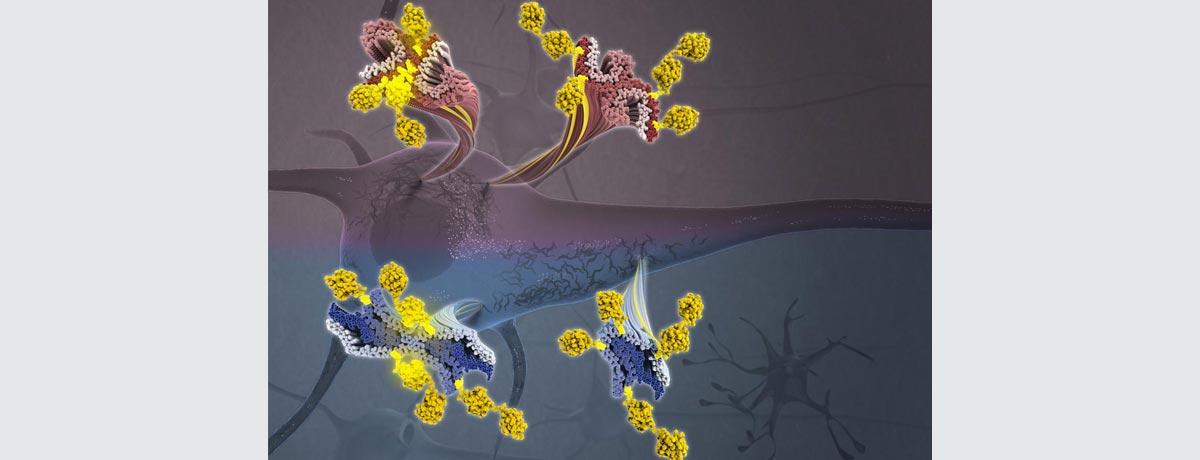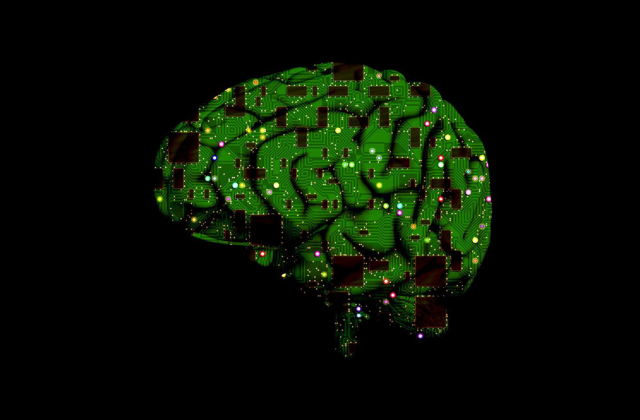New insights into Alzheimer’s tangles

Working with researchers from Mayo Clinic in Florida, scientists at Columbia’s Zuckerman Institute have illuminated key processes that drive changes in the protein tau and produces brain diseases like Alzheimer’s. Anthony Fitzpatrick, Principal Investigator at the Zuckerman Institute, has identified specific changes in tau that can cause it to misfold in brain cells, creating dense tangles and clumps.
To uncover the relationship between modifications in tau and its subsequent misbehavior, they used technologies that allowed them to see tau more clearly than ever before. Tau is tiny—10,000 times thinner than a human hair. In a new approach, Dr. Fitzpatrick and his team used cryo-electron microscopy (cryo-EM) to see each tau filament individually. Combined with mass spectrometry, cryo-EM gave them a complete picture of tau tangles in brain tissue from patients diagnosed with Alzheimer’s and corticobasal degeneration (CBD).
They discovered that molecules called post-translation modifications (PTMs) residing on the surface of tau play a prominent part in the specific way tau-based brain disease manifests. The communications between PTMs helps shape the tau filaments, meaning that destructive tau tangles vary from disease to disease and from patient to patient.
Understanding the role of PTMs in producing tau tangles will help fight complex brain illnesses. “Our findings will inspire new approaches for developing diagnostic tools and designing drugs, such as targeting PTM vulnerabilities to slow disease progression,” said Dr. Fitzpatrick. Learn more.
Make Your Commitment Today




